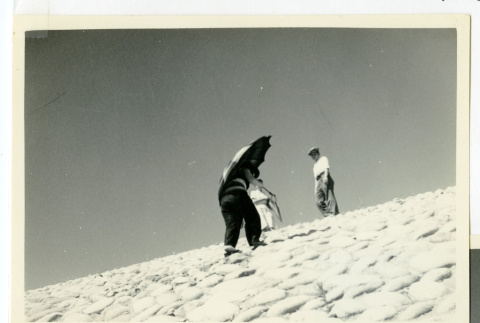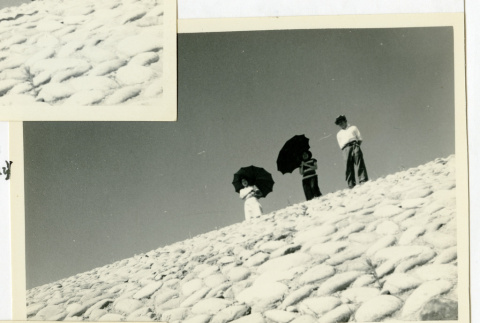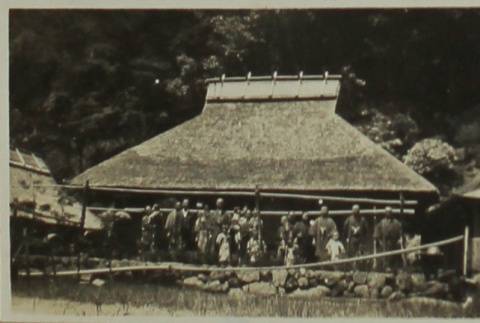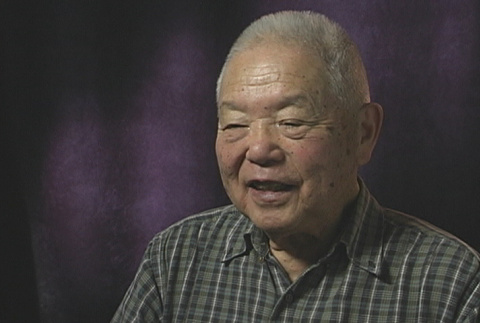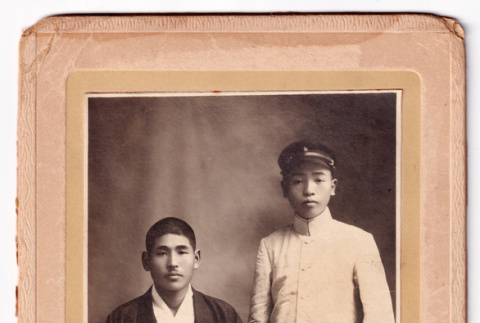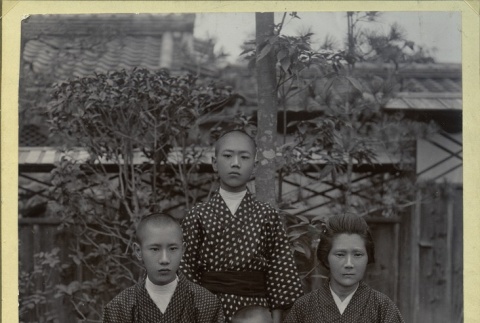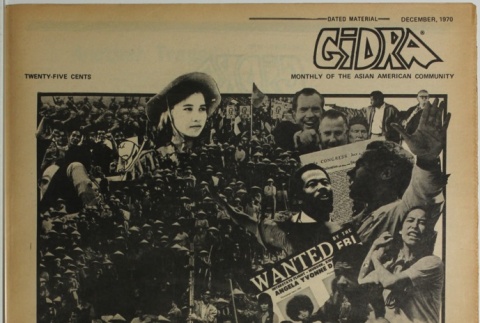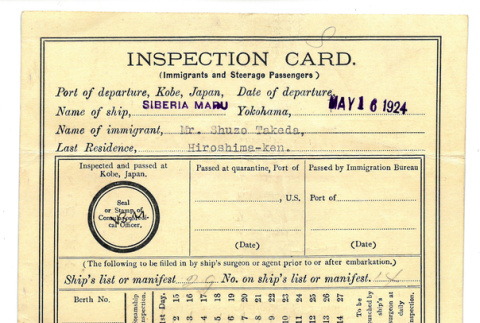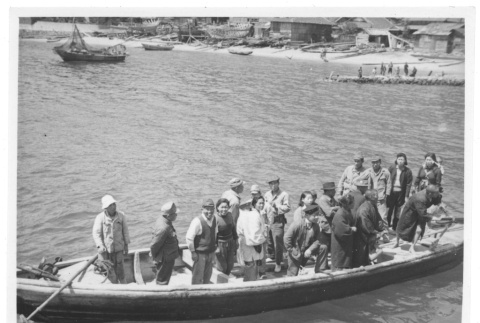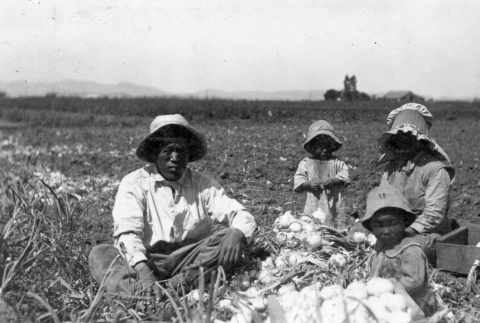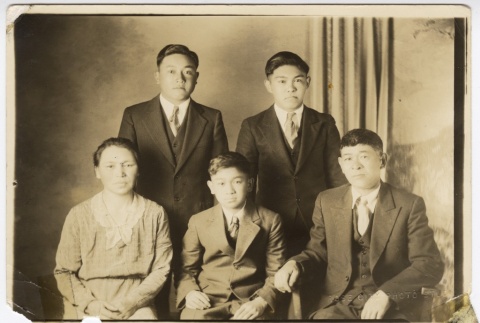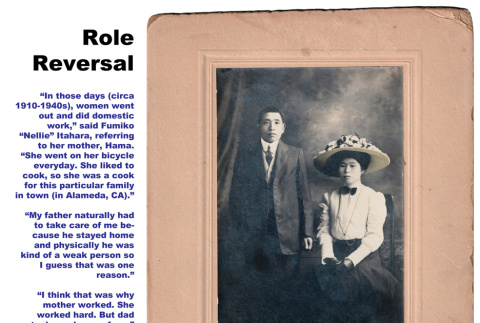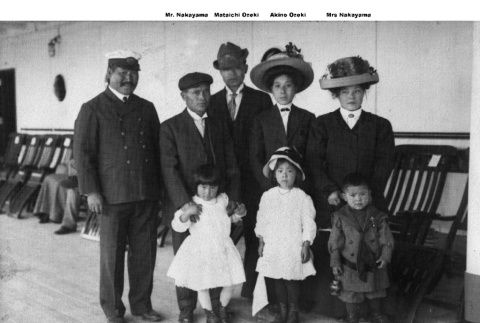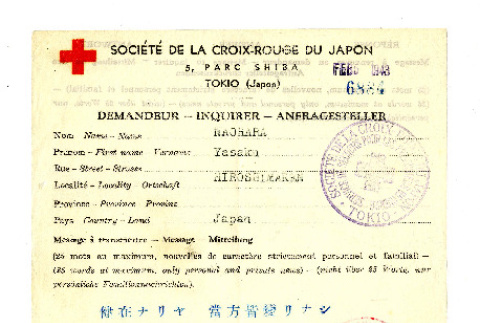218 items
218 items

img
Street in Hiroshima, Japan (ddr-ajah-6-812)
Caption below photo: Born in Alameda, CA, Hatsuyo Ozeki was sent back to Hiroshima, Japan in 1912 when she was about 5-years-old. There she lived with her grandmother and received a Japanese education. She returned to Alameda 12 years later in June 1924. This photo is almost certainly from time there and was taken in or …
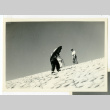
img
Bank in Kabe-cho, Hiroshima, Japan (ddr-csujad-38-423)
Photographed is a bank of the Ota Rivier in Kabe-cho, Hiroshima, Japan. The caption reads: This photo is a bank of the Ota River running in Kabe-cho. Once it rained, it flooded the river. The bank was fully covered with cement and prevents the river from flooding. It guarantees a good harvest of rice every year. …
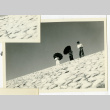
img
Bank in Kabe-cho, Hiroshima, Japan (ddr-csujad-38-424)
Photographed is a bank of the Ota Rivier in Kabe-cho, Hiroshima, Japan. The caption reads: This photo is a bank of the Ota River running in Kabe-cho. Once it rained, it flooded the river. The bank was fully covered with cement and prevents the river from flooding. It guarantees a good harvest of rice every year. …
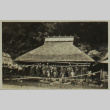
img
Mr. Kinoshita's home (ddr-densho-357-723)
Handwritten caption: "Mr. Kinoshita's home, Hitsukuri, Hiroshima, Japan, 1934."

vh
Chizuko Judy Sugita de Quieiroz Interview Segment 15 (ddr-densho-1000-252-15)
Exhibiting art in Hiroshima, Japan
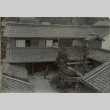
img
Family home (ddr-densho-113-17)
Masato Uyeda sits in the window of his house in Hiroshima, Japan.
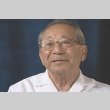
vh
Minoru "Min" Tsubota Interview Segment 1 (ddr-densho-1000-149-1)
Family background: parents both from Hiroshima, Japan
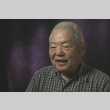
vh
Hideo Hoshide Interview II Segment 17 (ddr-densho-1000-185-17)
Being assigned to Hiroshima, Japan, as part of the Strategic Bombing Survey
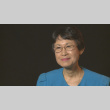
vh
Nobuko Miyake-Stoner Interview Segment 1 (ddr-densho-1000-242-1)
Growing up in Hiroshima, Japan, in the years following the atomic bombing

img
Portrait of Shizuki Itahara and unidentified boy (ddr-ajah-6-506)
Caption below photo: At left is Shizuka Itahara, first born child of Yoshio Itahara and Hama Komatsu. He remained in Hiroshima, Japan when is parents immigrated to Alameda, CA., in 1902. Shizuka's American born sister (1914) was Fumiko "Nellie" Itahara. Younger boy is unknown. Photo taken in Hiroshima, Japan, circa 1920s
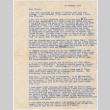
doc
Letter to Tomoye from unknown man (ddr-densho-410-132)
Written from Japan where writer is working with the CI&E (Civil Information and Education), visiting relatives, seeing the destruction at Hiroshima
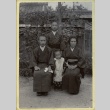
img
Family portrait (ddr-densho-113-20)
The Uyeda family poses in front of their home in Hiroshima, Japan. Front row (L to R): Masato, Masaharu, Tetsu. Second row: Yorito.

img
Hiroshima politicians visit Seattle (ddr-densho-395-98)
Members of the Seattle Hiroshima Club and the Mayor of Seattle pose with a delegation from Hiroshima in front of a United Airlines Mainliner 300 aircraft. From left to right, as cited in the "Seattle Hiroshima Club 1901-2001" book: Manabu Taniguchi, Genji Mihara, William F. Devin (Mayor of Seattle), Shinzo Hamai (Mayor of Hiroshima), Hisato Fujii, …

img
Japanese Americans driving a team of horses (ddr-densho-107-3)
Left to right: Mr. Zaimoku, Roy Matsumoto, Takeshi Matsumoto and Mrs. Zaimoku. Mr. Zaimoku came from the same village as Roy's grandfather Wakamatsu Matsumoto in Hiroshima, Japan.
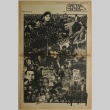
doc
Gidra, Vol. II, No 11 (December 1970) (ddr-densho-297-20)
Selected article titles: "Amerasian Culture" (p. 4), "Tenure Denial Stirs Uproar" (p. 6), "Japan Militarism Rising: December 7, 1971" (p. 7), "Hiroshima - Lest We Forget" (p. 12).
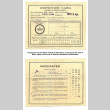
doc
Inspection card for Shozu Takeda to board ship to the United States (ddr-ajah-6-509)
Caption between images: Inspection card for Shuzo Takeda of Hiroshima, as he leaves the port of Kobe, Japan on his way to American aboard the Siberia Maru.
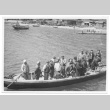
img
Visit to Okimura Island (ddr-one-2-646)
Black and white photographic print of approximately twenty unidentified individuals standing on a boat near Okimura Island. According to the donor Okimura Island is close to Hiroshima, Japan.

img
Family harvesting onions (ddr-densho-107-5)
Left to right: Heisaku Nakatani (farm hand who came to the U.S. from the same village as Roy's grandfather, Wakamatsu Matsumoto, in Hiroshima, Japan), Roy, Takeshi, and Roy's mother, Tei Matsumoto.
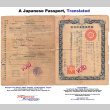
doc
Image of Shuzo "Bill" Takeda's Japanese passport titled: A Japanese Passport, translated (ddr-ajah-6-508)
Caption below image: Passport for Shuzo "Bill" Takeda, of Hiroshima, Japan so he could immigrate to America / May 15, 1924. Shozo would later marry Fumiko "Nellie" Itahara and live in Alameda, CA.

img
Family portrait (ddr-densho-322-8)
A portrait of the Kinoshita family. Standing in back: Kazuo and Yoshio Kinoshita. Seated, left to right: Kise, Masao, and Tokuji Kinoshita. Not pictured: daughter Mary Kinoshita Asakawa, who was spending a year in Hiroshima, Japan.

img
Document with photo and biographical information titled "Role Reversal" (ddr-ajah-6-495)
Caption below photo: Yoshio Itahara and his wife, Hama Komatsu, shortly after arriving in Alameda, CA., from Hiroshima, Japan, in 1902. Photo by Mataichi Ozeki, the best of the Issei photographers in Alameda at the time.
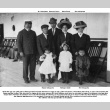
img
Nakayama and Ozeki families aboard ship (ddr-ajah-6-753)
Caption below photo: Given her age and outfit, this is Hatsuyo's 1912 trip from Alameda to Japan at age 5. She will remain in Hiroshima until she is 17 years and 2 month old. Hanae and her brother, Min, also went to Japan on this same voyage. All three children went there be educated in Japan. …

Collection
Uyeda Groves Collection (ddr-densho-113)
The Uyeda Groves collection, 1900s-1950s, features photographs of the Uyeda family, who resided in Hiroshima, Japan, Rock Springs, Wyoming and Seattle, Washington. The collection also includes photographs of Minidoka concentration camp and Seattle's postwar Issei community. The collection donor, Fumiko Uyeda Groves, was interviewed by Densho in 1998.
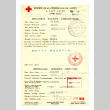
doc
Letter from Yasaku Naohara to Nobuo Naohara, February 5, 1943 (ddr-csujad-38-571)
A message from Yasaku Naohara in Hiroshima, Japan, to his relative, George Nobuo Naohara in Long Beach, California. It informs George of the safety of his relatives in Hiroshima, Japan. The message was delivered with the assistance of the Red Cross, including Société de la Croix-Rouge du Japon, Comité international de la Croix-Rouge, and American Red …
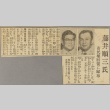
doc
Article about Junzo Fujii and George Fujii (ddr-njpa-5-723)
Translation of article: Junzo Fujii, president of the Hiroshima Fujii company, returned to Hawaii to regain his citizenship after living in Japan for fourteen years. Mr. George Fujii, president of the Hawaii Fujii company, welcomed him at the airport.

